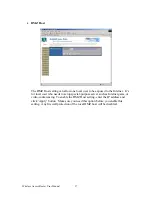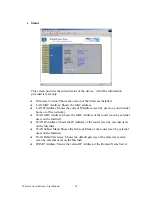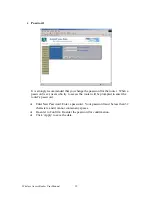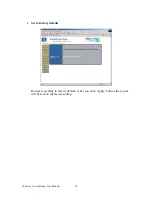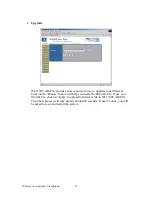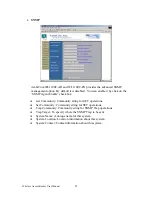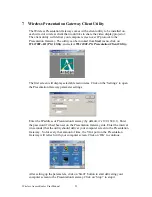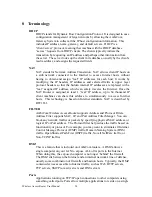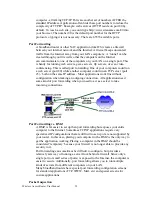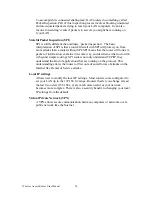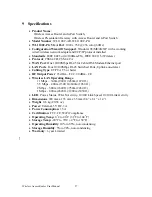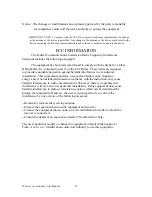
computer - all talking TCP/IP. Ports are another set of numbers AFTER the
standard IP address. Applications often hide these port numbers to reduce the
complexity of TCP/IP. Example: web services (HTTP) reside on port 80 by
default. To reach a web site, you could type http://www.sitename.com:80 into
your browser. The number 80 is the default port number for the HTTP
protocol so typing it is not necessary. There are 65535 available ports.
Port Forwarding
A broadband router or other NAT application (like ICS) creates a firewall
between your internal network and the Internet. A firewall keeps unwanted
traffic from the Internet away from your LAN computers. A ‘tunnel’ can be
created through your firewall so that the computers on the Internet
can communicate to one of the computers on your LAN on a single port. This
is handy for running web servers, game servers, ftp servers, or even video
conferencing. This is called port forwarding. One of your computers could run
a web server (port 80) while another computer could run an FTP server (port
23) - both on the same IP address. Most applications work fine without
configuration when making an outgoing connection. All applications need
some kind of port forwarding when you need to act as a server to take
incoming connections.
Port Forwarding vs. DMZ
A DMZ is far easier to set up than port forwarding but exposes your entire
computer to the Internet. Sometimes TCP/IP applications require very
specialized IP configurations that are difficult to set up or are not supported by
your router. In this case, placing your computer in the DMZ is the only way to
get the application working. Placing a computer in the DMZ should be
considered ‘temporary’ because your firewall is no longer able to provide any
security to it.
Port forwarding can sometimes be difficult to configure, but provides a
relatively safe way of running a server from behind a firewall. Since only a
single port (or small series of ports) is exposed to the Internet, the computer is
easier to secure. Additionally, port forwarding allows you to run multiple
kinds of servers from different computers on your LAN.
Many broadband routers have special port forwarding configuration screens
for standard applications (FTP, WWW, Mail, etc) and special screens for
custom applications.
Packet Inspection
Wireless Access Router User Manual
25







